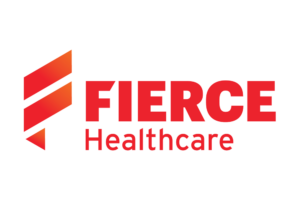Market volatility threatens hospitals’ liquidity as tariff-driven costs rise
Editor's Note
Tariff-fueled market volatility is jeopardizing the investment returns that nonprofit hospitals rely on to bolster liquidity, manage debt, and weather ongoing operational headwinds, according to an April 16 report in Fierce Healthcare.
As detailed in the article, hospitals face a dual threat: higher direct costs on supplies and pharmaceuticals as tariffs escalate, and declining investment returns that reduce financial flexibility. Providence, for example, projected a $10 million to $25 million annual cost increase shortly after the tariff announcement. These added costs come just as market instability—driven by tariff fears—has undercut equity performance, with the S&P 500 down more than 10% in early 2025.
Citing a new Fitch Ratings brief, the article details how investment gains played a vital role in nonprofit hospitals’ recent financial improvements. According to the brief, hospitals with early fiscal year closes in 2024 saw investment returns averaging 9.8%, which helped raise operating margins from -0.5% to 1.2%. Those returns translated into 20 additional days cash on hand and a 17-point boost in cash-to-adjusted-debt ratios—metrics critical to creditworthiness.
However, Fitch cautioned that even modest declines in investment income could significantly erode these improvements, the report notes. Lower liquidity not only constrains daily operations but also affects hospitals' ability to access affordable loans for facility, technology, or service line investments.
Furthermore, strong market returns were often the only factor preventing liquidity collapse during the pandemic-era downturn, Fierce Healthcare reports. As detailed in the article, investment gains added 28 days of cash on hand across Fitch-rated hospitals between 2020 and 2023, despite poor operating margins. In contrast, a 2023 Kaufman Hall report showed hospitals lost an average of 55 days cash on hand from late 2021 to 2022 due to inflation, labor costs, and reduced government relief.
As detailed in the article Fitch and other analysts warn that declining reserves and rising costs may trigger more bankruptcies, closures, and distressed M&A activity, particularly among rural and standalone hospitals.
Read More >>

 Free Daily News
Free Daily News